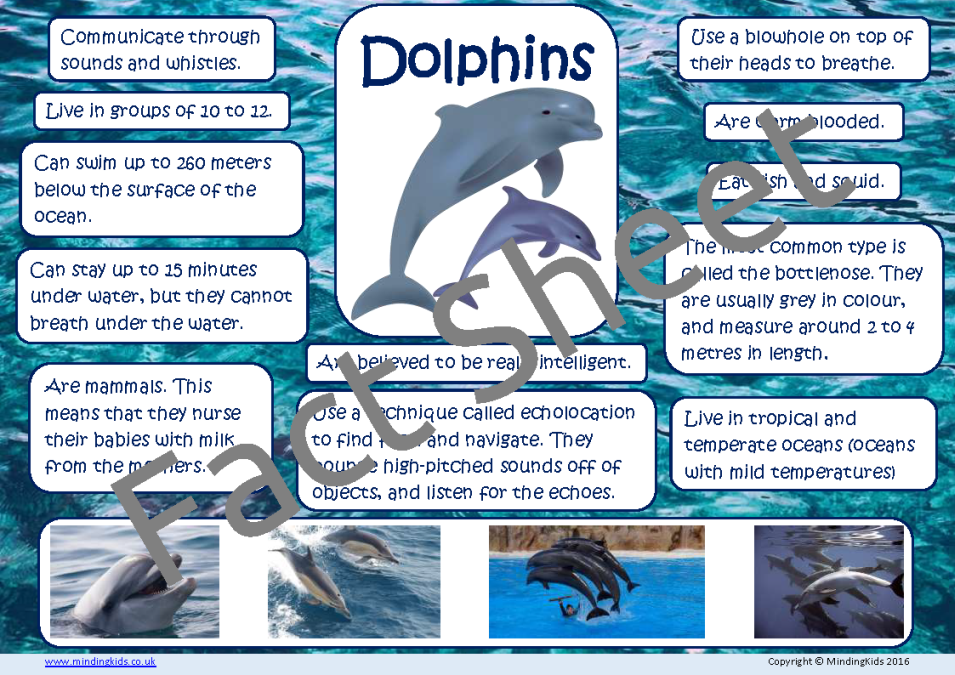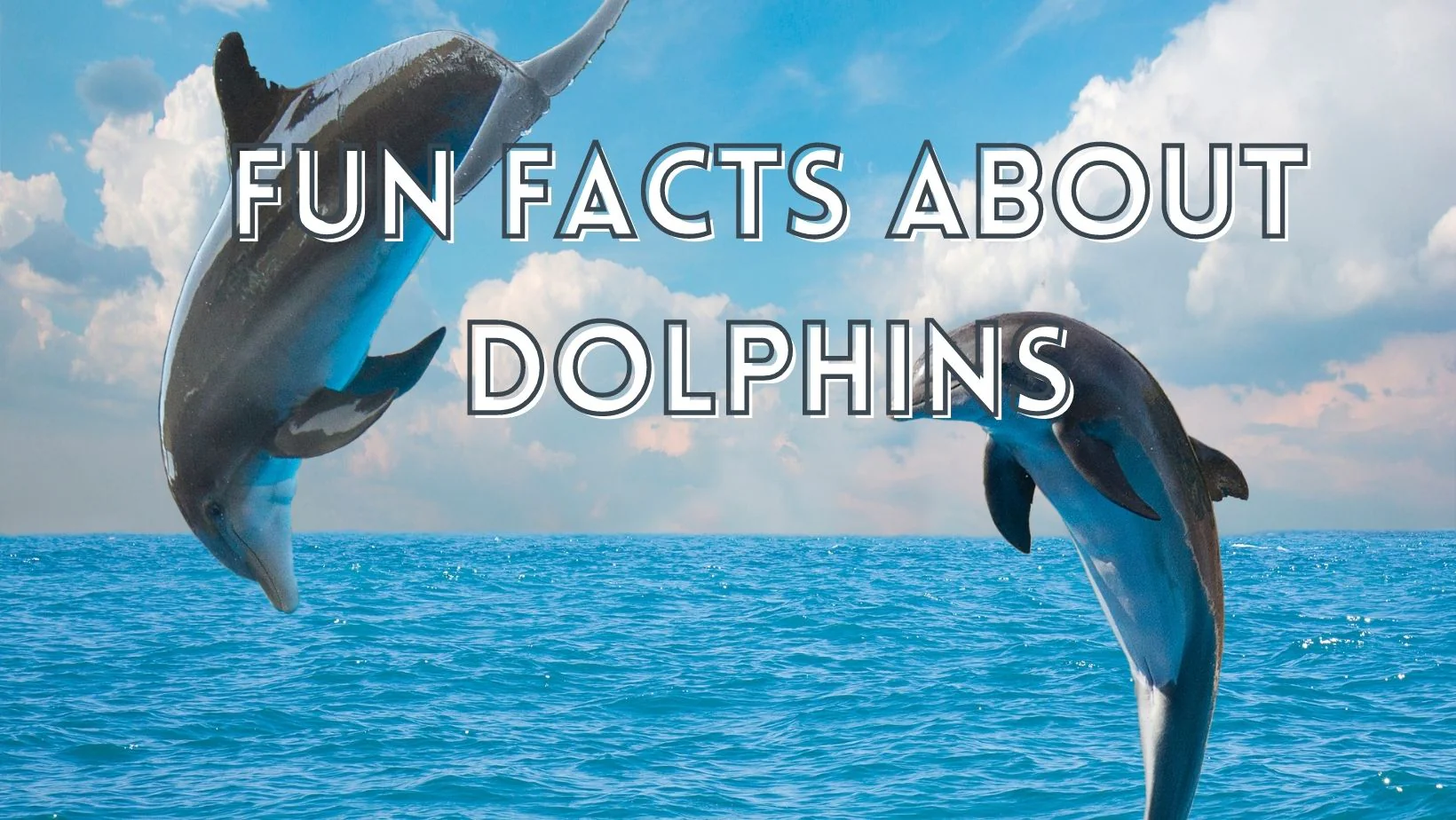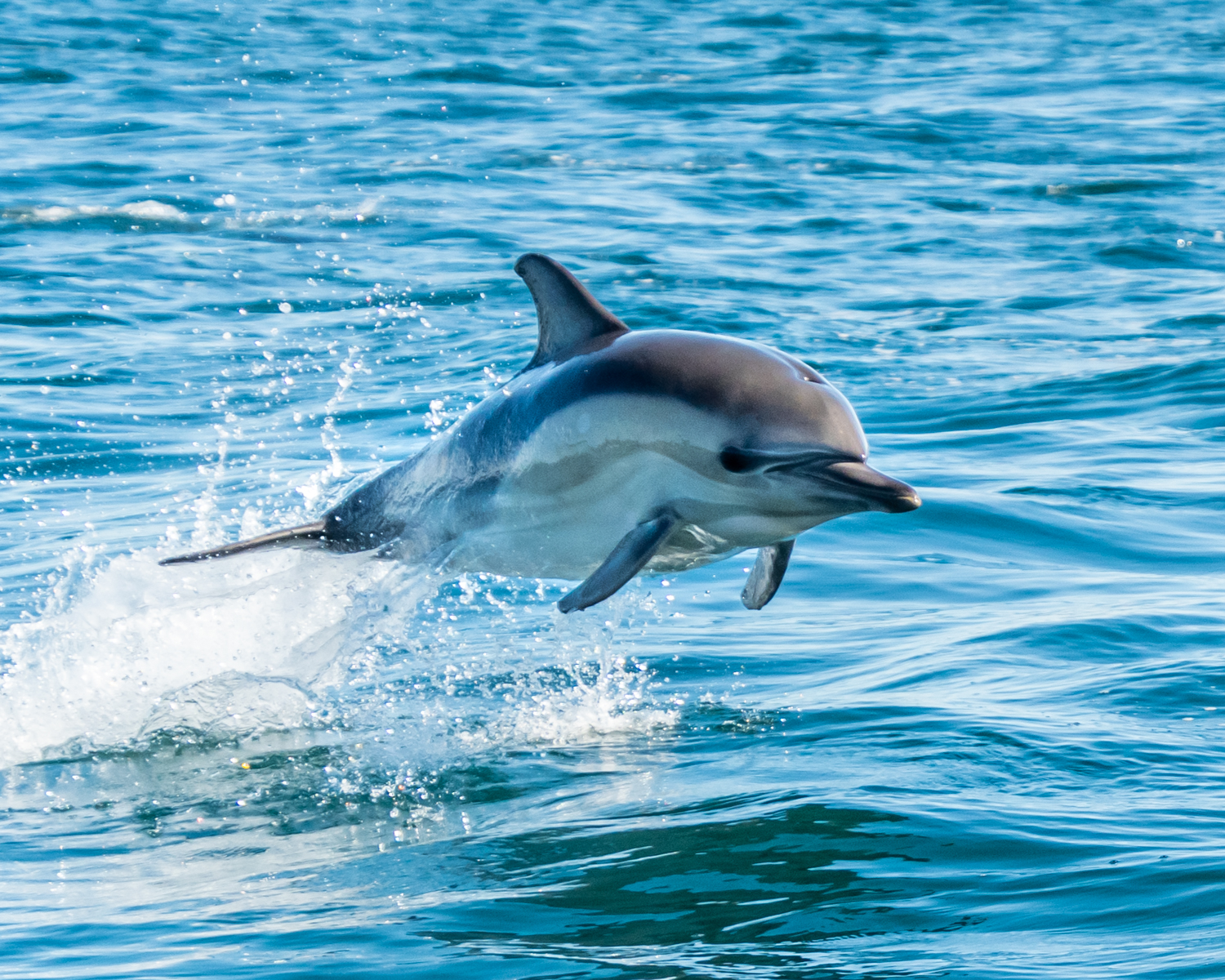Introduction Dolphin Information: Nature's Intelligent Marine Mammals
Dolphins, often regarded as among the sea's most intelligent residents, show an interesting array of actions and social structures that warrant closer assessment. With over 40 distinct types, these marine animals not just demonstrate impressive communication abilities and complex social communications but additionally possess sophisticated cognitive capacities that challenge our understanding of non-human knowledge. Dolphin Facts. As we explore the nuances of their lives, one must consider just how these characteristics affect their communications with humans and the pressing relevance of preservation. What ramifications do these understandings hold for our relationship with these phenomenal creatures?
Dolphin Species Diversity
Dolphins are a diverse group of marine animals coming from the family members Delphinidae, which incorporates over 40 distinctive species. This family includes widely known types such as the typical bottlenose dolphin (Tursiops truncatus), the whale or awesome whale (Orcinus whale), and the risso's dolphin (Grampus griseus) Each varieties shows unique physical attributes, habits, and adaptations that enable them to flourish in different aquatic environments.
Dolphin species vary dramatically in dimension, ranging from the small Maui's dolphin (Cephalorhynchus hectori) at around 1.2 meters to the whale, which can get to sizes of approximately 9 meters. Their pigmentation additionally differs, with some types showing striking patterns that assist with camouflage or social signaling. Additionally, dolphins live in diverse environments, from coastal regions and estuaries to the open sea, showcasing their versatility.
Research study right into dolphin types variety highlights the eco-friendly significance of these creatures, as they play crucial functions in marine ecosystems. Comprehending the different varieties is essential for conservation efforts, as numerous encounter hazards from environment loss, environment, and pollution change, requiring targeted defense procedures to ensure their survival.
Social Structures and Actions
The complexity of dolphin types is mirrored in their detailed social structures and habits. Dolphins are known for their very social nature, commonly creating groups called cases, which can range from a few people to over a hundred. These skins are generally made up of family members, showcasing a matrilineal structure where women play a main function in preserving social bonds and supporting spawn.

In addition, some species of dolphins, such as orcas, show complicated social habits that can consist of sub-pods or clans with unique cultural practices. These social structures are crucial for the survival and well-being of dolphin populations, as they facilitate interaction, teamwork, and the transmission of understanding throughout generations. Recognizing these social dynamics is crucial for conservation initiatives and the protection of their natural habitats.
Communication Strategies
Among the different techniques of interaction, dolphins use a sophisticated selection of communication techniques that assist in social communication and coordination within their coverings. These strategies incorporate vocalizations, body movement, and echolocation, each offering unique functions in their social communications.
Dolphins create a vast array of clicks, whistles, and pulsed noises, which function as their key vocal communication. Each dolphin has a special trademark whistle, akin to a name, that permits individuals to determine each other also in big groups. These articulations can convey various messages, such as alerting others to danger or collaborating team movements throughout hunting.
In enhancement to articulations, body language plays an important duty in dolphin communication. Dolphin postures, such as leaping, spinning, or perhaps refined changes in orientation, communicate emotions and objectives. Aggressive displays may deter opponents, while spirited actions can improve social bonds - Dolphin Facts.
Echolocation, a biological sonar system, additional aids in navigating and searching. By emitting audio waves and interpreting the returning echoes, dolphins can situate target and barriers effectively, showing their exceptional adaptability in intricate marine settings. Jointly, these communication click for source techniques underscore the complex social lives of dolphins, highlighting their intelligence in navigating their underwater globe.

Knowledge and Problem Resolving
Recognized for their innovative interaction abilities, dolphins likewise show exceptional intelligence and analytical capacities that better improve their social interactions. Their cognitive capabilities are confirmed by their ability to find out intricate jobs, recognize abstract principles, and adapt to numerous environmental difficulties. Research study has revealed that dolphins can address intricate puzzles, demonstrating not just their cognitive flexibility but additionally their ability for preparation and foresight.
Dolphins frequently involve in cooperative searching methods, showcasing their ability to work as a natural device. This team effort requires advanced analytic abilities, as they must examine their setting, determine prospective prey, and coordinate their activities to accomplish a typical goal. Additionally, dolphins have actually been observed using devices, such as aquatic sponges, to shield their snouts while foraging on the sea flooring, additional exhibiting their innovative analytic capabilities.

Human-Dolphin Communications
Human-dolphin interactions have actually mesmerized enthusiasts and scientists alike, highlighting the facility relationship between these smart aquatic animals and humans. From old times, dolphins have been portrayed in art and mythology, signifying harmony and knowledge (Dolphin Facts). Modern interactions range from clinical research study and preservation initiatives to entertainment tasks like dolphin viewing and swimming with dolphins
Study has actually demonstrated that dolphins have advanced social frameworks and communication skills, which facilitate their interactions with people. These encounters often promote psychological connections, with numerous individuals reporting sensations of joy and compassion during such experiences. However, it is necessary to approach these interactions with care, as human activities can disrupt dolphin behaviors and environments.
Preservation initiatives progressively focus on advertising liable interactions, making sure that human interest does not compromise dolphin welfare. Education programs intend to raise understanding concerning the environmental value of dolphins, highlighting the need for sustainable practices. By recognizing the complex characteristics of human-dolphin interactions, we can promote a considerate coexistence that profits both varieties go and protects aquatic environments for future generations. Inevitably, these interactions work as a reminder of the extensive connections that can exist in between people and the environment.
Verdict
In summary, dolphins exemplify remarkable knowledge and flexibility within diverse aquatic environments. Proceeded research study and awareness are necessary for fostering a deeper understanding of dolphins and promoting their well-being in a significantly threatened community.
Dolphin types differ dramatically in size, ranging from the tiny Maui's dolphin (Cephalorhynchus hectori) at around 1.2 meters to the orca, which can reach lengths of up to 9 meters. Dolphins display a range of social communications, including grooming and physical call, which offer to strengthen relationships and develop pecking orders.
Identified for their sophisticated communication abilities, dolphins likewise exhibit impressive intelligence and analytical capabilities that further boost their social communications. Modern communications vary from scientific research and preservation efforts to recreational activities like dolphin viewing and swimming with dolphins.
Research has demonstrated that dolphins possess advanced social frameworks and communication skills, which promote their interactions with people.